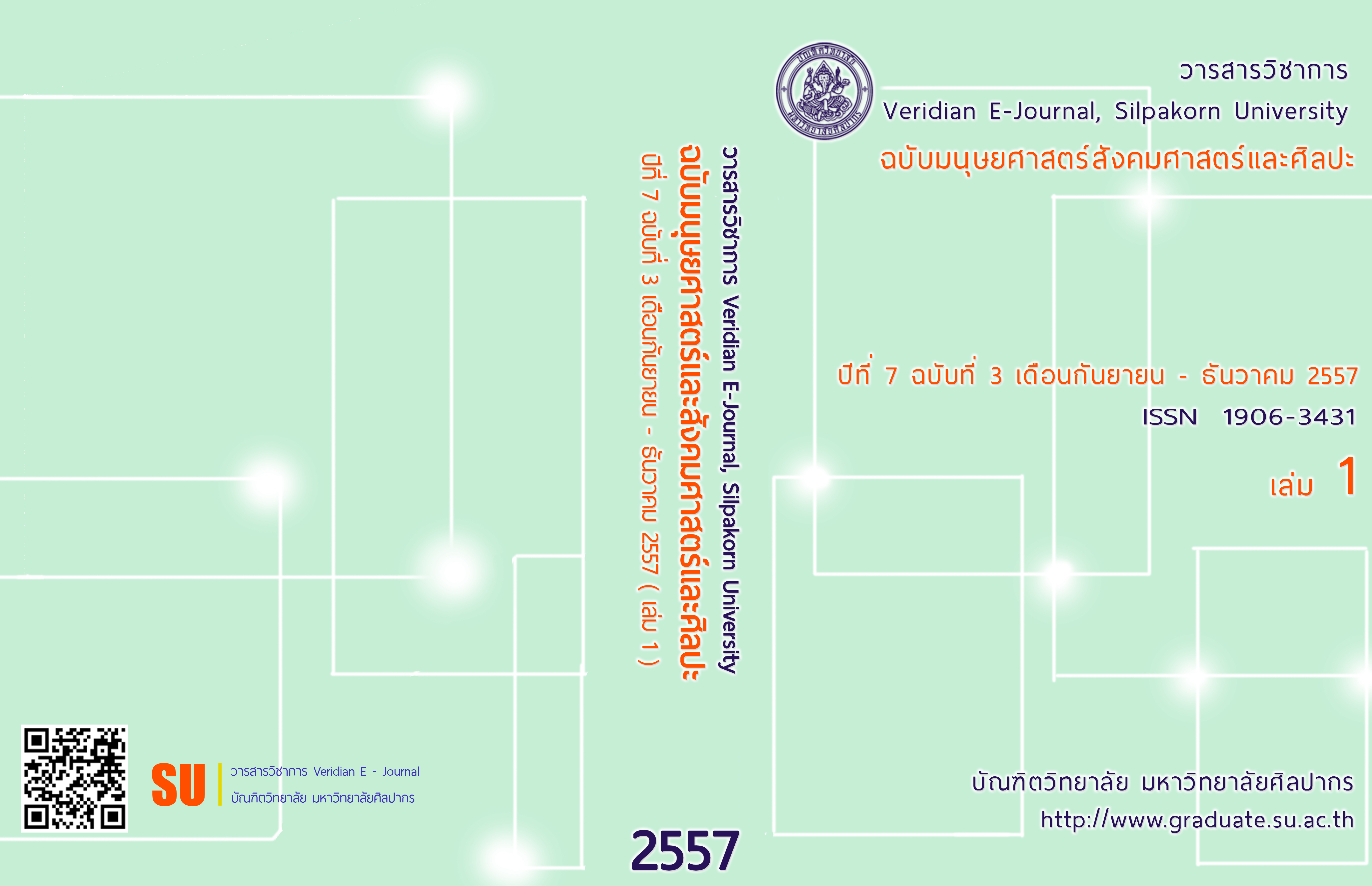Development of a blended instructional model using collaborative problem solving learning and synectics technique to enhance creative problem solving ability of student teachers
Main Article Content
Abstract
This research was to develop the blended learning using problem-solving and synectics technique to enhance the creative problem – solving ability of students teacher. The research objectives were 1) to create the instructional model of blended learning using problem-solving and synectics technique to enhance the creative problem – solving ability of students teacher, 2) to implement the blended learning using problem-solving and synectics technique to enhance the creative problem – solving ability of students teacher, 3) to present the instructional model of blended learning using problem-solving and synectics technique to enhance the creative problem – solving ability of students teacher. The 50 samples were simple random sampling from undergraduate students, faculty of industrial education and technology, King Mongkut's University of Technology, Thonburi, 1st semester of 2012 academic year. The study lasted 10 weeks. The research finding was that blended learning using problem-solving and synectics technique consisted of 8 components; 1) group, 2) items of problem, 3) project or product 4) content or resources, 5) synectics technique, 6) communication tools and work cooperation, 7) online learning management system, 8) evaluation. There were 5 steps of learning process; 1) learners preparation step, 2) problem finding step, 3) idea finding step,
4) solution finding step, 5) acceptance finding step. The implementation of blended learning using problem-solving and synectics technique found that the posttest score of creative problem-solving ability was significantly higher than the pretest score at the level of .05. The authentic assessment of creative problem-solving ability by the experts found that the posttest score of creative problem- solving ability was significantly higher at the level of .05. The result of using Form A evaluation using Torrance Test of Creative Thinking on 4 types of creative thinking; initiation, fluency, flexibility, elaboration. It was found that the posttest score of creative problem-solving ability of all 4 types was significantly higher than the pretest score at the level of .05. The satisfaction of blended learning using problem-solving and synectics technique to enhance the creative problem – solving ability of students majored in education gained the mean at 3.88, and the standard deviation was 0.04. That referred to the satisfaction was at the level of “much”. The evaluation to assure the blended learning using problem-solving and synectics technique was approved by 5 experts on 8 components and process of blended learning using problem-solving and synectics technique.
